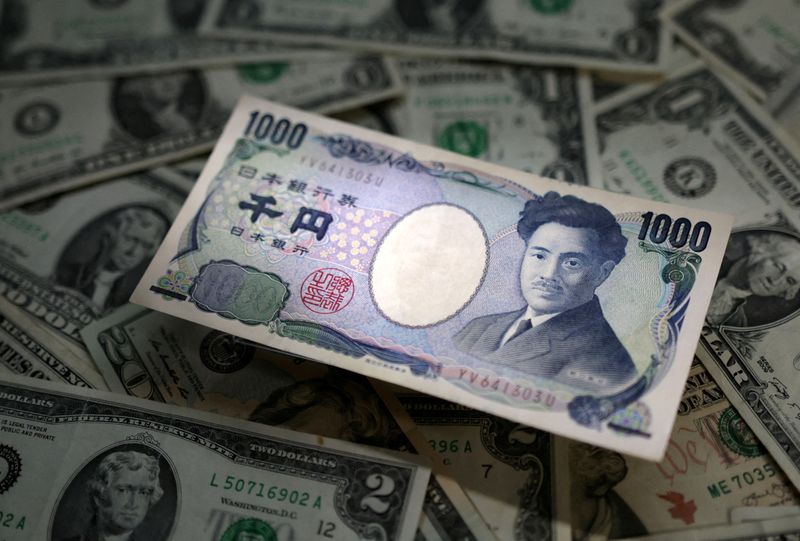
(Reuters) – The yen fell on Wednesday to its weakest level against the dollar since 1990, with markets warning of any signs of intervention by Japanese authorities to support their currency.
The dollar hit 155.17 yen, its highest level since 1990, before falling again in choppy trading, a sign of market nervousness around the 155 level. It was last at 154.97, up 0.09%.
The yen’s decline came after a string of strong U.S. inflation data pushed the dollar to five-month highs and bolstered expectations that the Federal Reserve is unlikely to rush to cut interest rates this year.
The yen’s fall against the dollar has revived expectations of foreign exchange intervention. Japanese Finance Minister Shunichi Suzuki and other policymakers said they were closely monitoring currency movements and would respond as needed.
A strong dollar also dominated the spring meetings of the International Monetary Fund and the World Bank last week in Washington, with the United States, Japan and South Korea making a rare joint statement on the issue.
Speaking after a meeting of Group of 20 (G20) financial leaders in Washington, Bank of Japan Governor Kazuo Ueda said Japan’s central bank could raise interest rates again if a weaker yen significantly boosts inflation, highlighting the dilemma the weak currency has posed for policymakers.
The Bank of Japan wraps up its final policy meeting on Friday.


